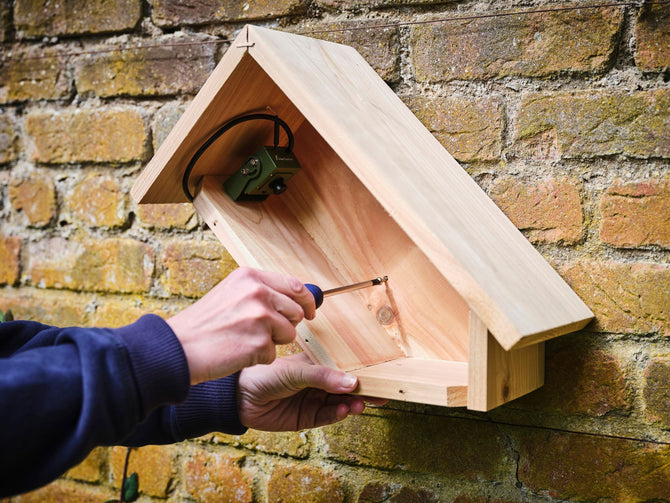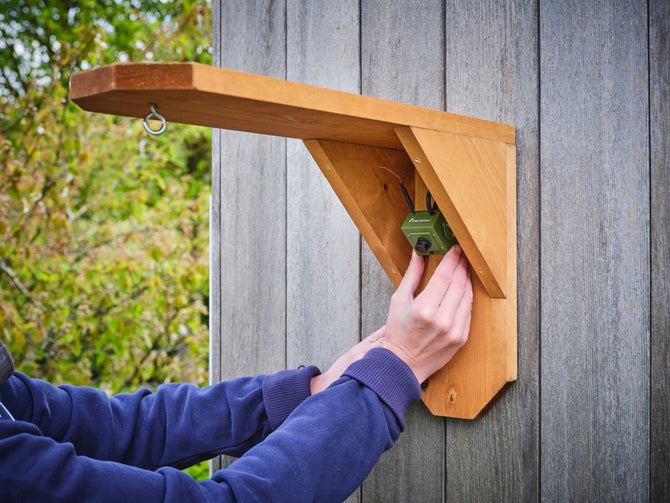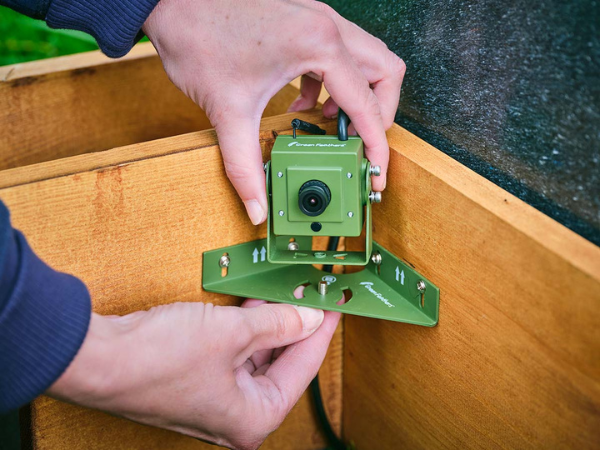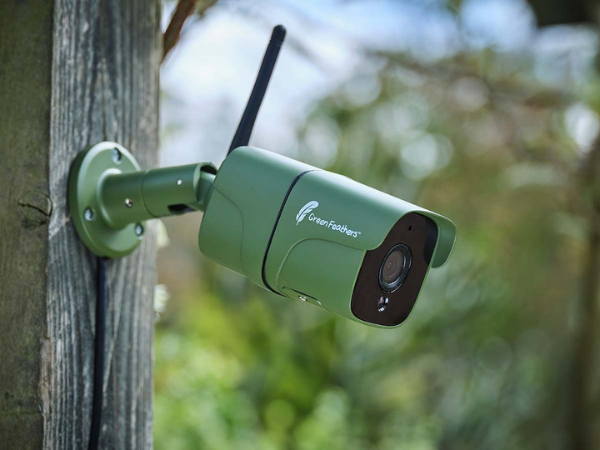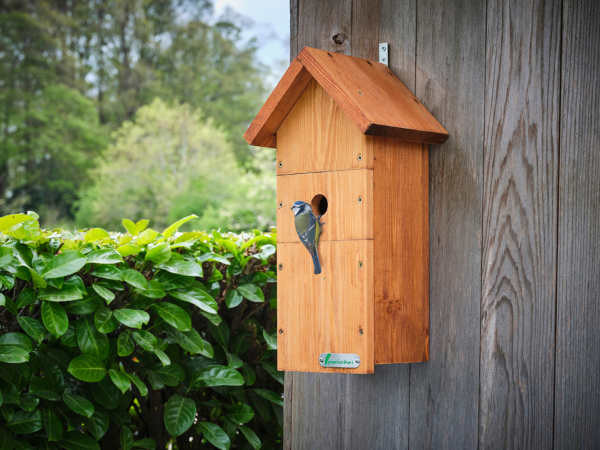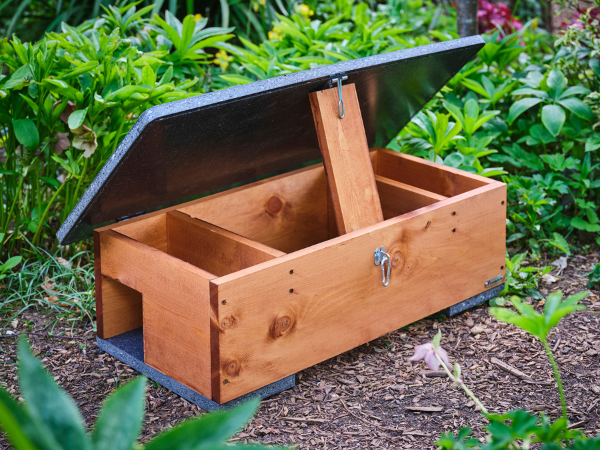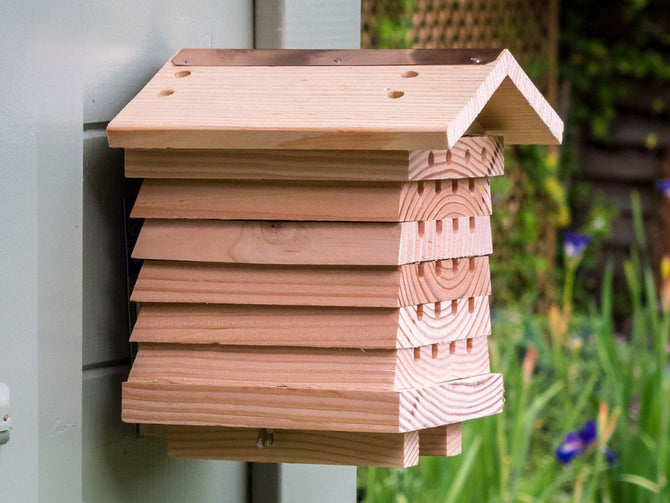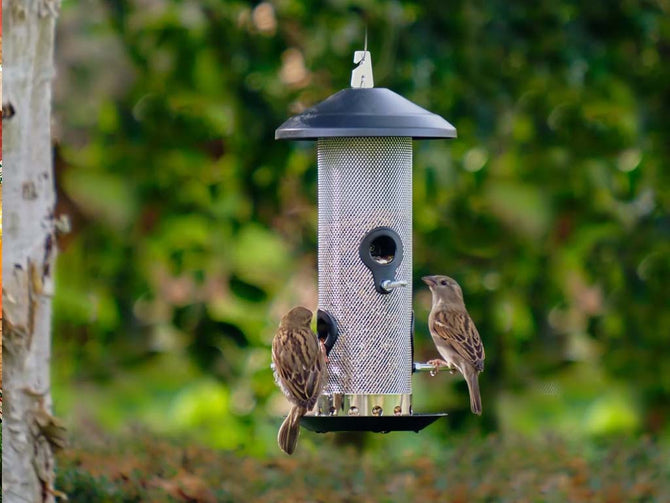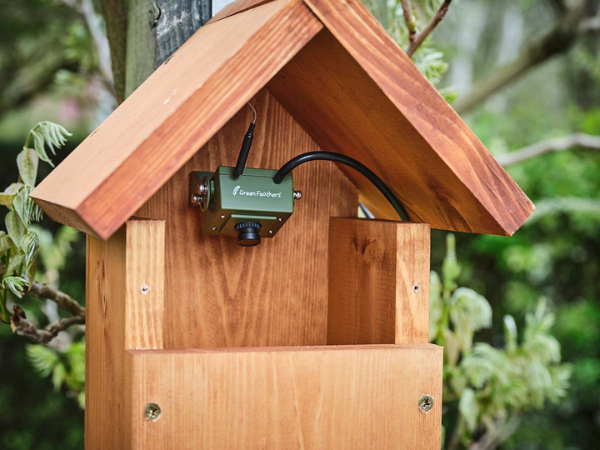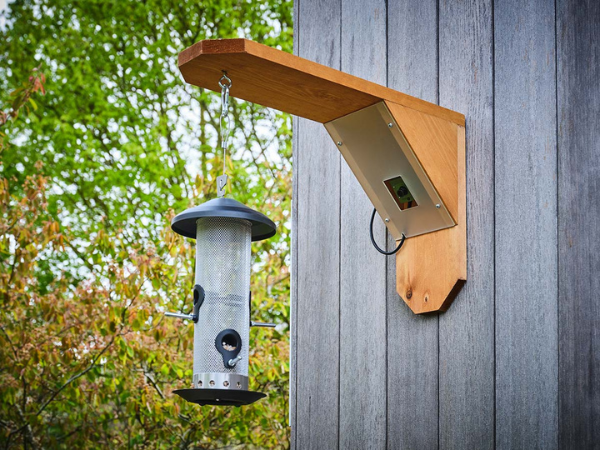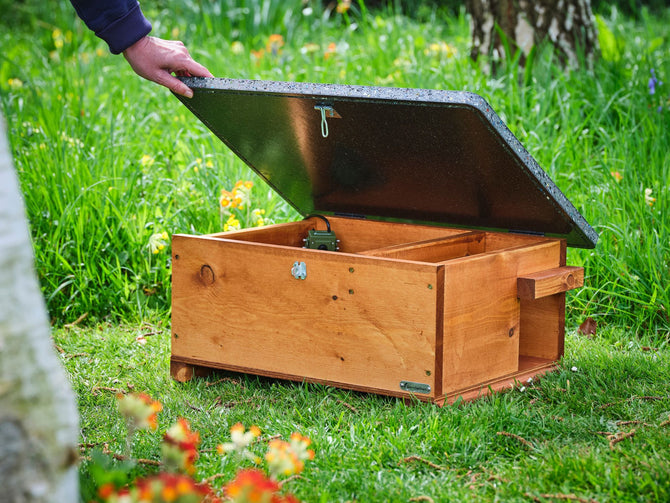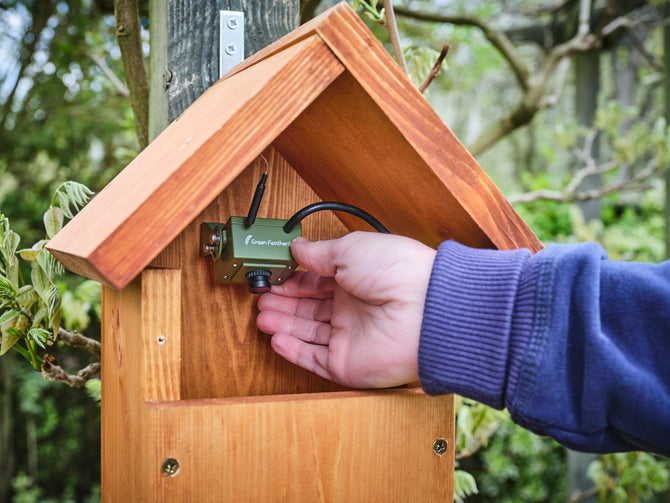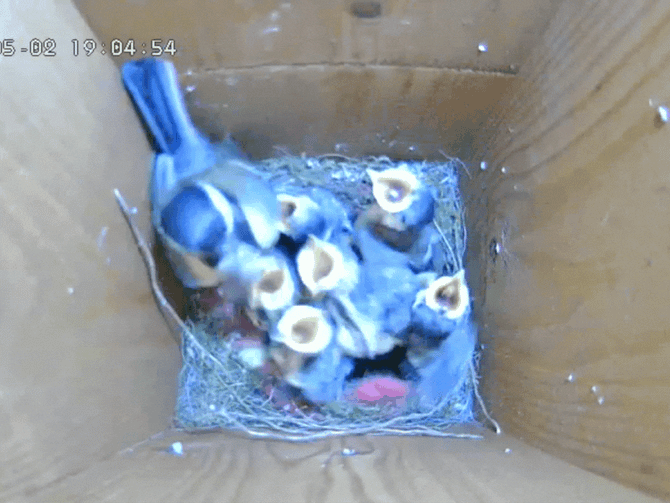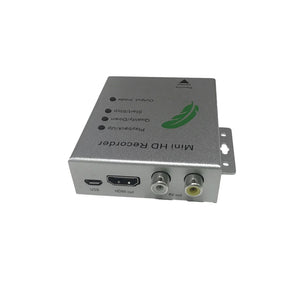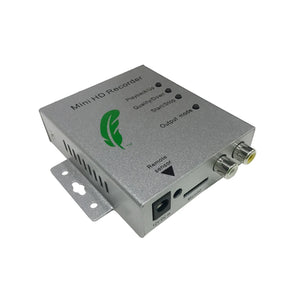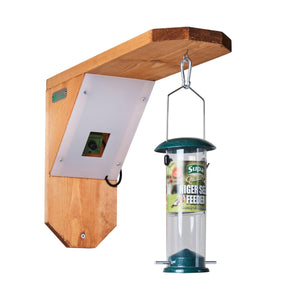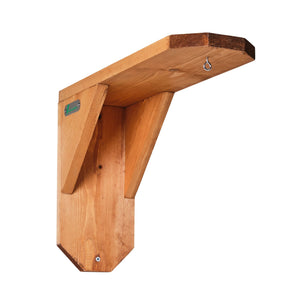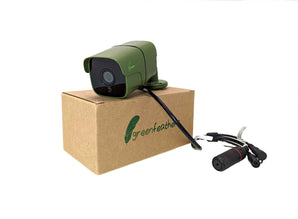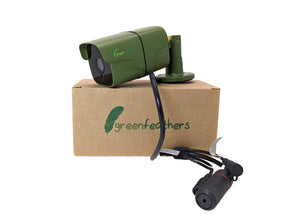How do wildlife cameras work?
Ever wished there was a way to know what’s pottering about your garden when you’re not looking? We get it! Whether it’s the hedgehog who only visits after dark, or the squirrel you never see but know treats the feeder like an all-you-can-eat buffet, much of the best animal activity seems to happen when we’re not there. Enter the wildlife camera, also known as a camera trap for wildlife, your secret agent in the garden! But how do these clever pieces of kit actually work? Let’s peek behind the lens.
The basics of a wildlife camera
A wildlife camera, sometimes called a camera trap for wildlife, is designed to capture footage of animals without you needing to be there to operate it. Think CCTV system for foxes, birds, and hedgehogs, but way more fun!
Here’s how wildlife cameras work:
-
Motion sensors: Most outdoor wildlife cameras have built-in sensors that detect movement and heat. When something furry, feathered, or scaly wanders by, the sensors trigger the camera to spring into recording action.
-
Day & night recording: Most models include infrared LEDs so they can film in the dark without startling wildlife. It’s like night vision goggles, but via camera, rather than on your head!
-
Storage: Footage is typically saved to an SD card, but with more advanced models of wildlife garden camera, you can stream straight to a device.
Tips for setting up your wildlife garden camera
Setting up your wildlife camera for garden use is all about placement. Animals are shy, but they’re also habitual! Here are our top tips:
-
Test your camera: Before you do anything, test the camera to make sure everything is working perfectly.
-
Choose a hotspot: Look for animal pathways to see where your visitors are making their rounds! Well-trodden paths, little gaps under fences, and areas around feeders are all a good bet.
-
Mind the height: This will depend on what creatures you’re most hoping to see. Hedgehogs and foxes will need low-down camera placement, but if it’s foxes or badgers you’re keen to spot, waist height is better. For general viewing, high up and pointing down is best.
-
Make sure it’s secure: Use straps or screws wisely! Secure your wildlife camera to a tree, a post, or even the wall. You never know which critter may come along and inspect shoddy workmanship, and a toppled camera isn’t much good for sightings.
-
Check your angles: It’s recommended to aim the camera at a 45-degree angle to the trail or spot you’re aiming to capture. Placing the camera straight on gives the motion sensor less time to pick up movement.
If you can get your setup right, a wildlife garden camera can be incredibly rewarding and offer a window into a world right on your back doorstep!
Green Feathers wildlife cameras
If you’re keen to capture the goings on in your garden, you might as well do it with the best kit! Our range of outdoor wildlife cameras is perfect for capturing animal activity in perfect definition.
-
Multiple connection types: Whether you want Wi-Fi, wired, or wireless, we’ve got it. Wi-Fi cameras are linked to our Green Feathers app, meaning you can watch straight from your phone. Prefer something simpler and more permanent? Our wired camera options send footage to TVs or computers.
-
High-definition options: Many of our models shoot in HD, or even 4K! This means sharper detail and crystal clear visuals.
-
Outdoor-ready design: Our cameras are built to take on the British weather! Thanks to protective housing features, your camera stays safe come wind, rain, or shine.
Packages designed for you
If you want a wildlife camera for garden use along with a habitat, we offer various packages to suit budgets and wildlife viewing ambitions! You’re also dealing with a group of local wildlife lovers at Green Feathers, meaning hands-on support and expertise. If you’re unsure what type of camera to get, don’t hesitate to reach out. We’re here to help bring the joy of wildlife viewing to as many British homes as we can.
FAQs
How do wildlife cameras actually work?
At its core, a wildlife camera is simply a clever way of filming animals without disturbing them. Once positioned, it uses sensors and either a wired connection or Wi-Fi to send the action straight to your screen – whether that’s a phone, tablet, TV, or computer. You get all the close-ups, without having to camp out in the garden yourself.
Which is better: a wired or Wi-Fi outdoor wildlife camera?
It really depends on how (and where) you want to watch. Wi-Fi wildlife cameras let you peek into your garden from anywhere using the Green Feathers app, which is ideal if you’re often out and about. Wired cameras, on the other hand, plug directly into your TV, monitor, or computer, giving you a stable, big-screen experience that’s great for relaxed evenings indoors. When deciding between the two, think about your Wi-Fi signal outdoors and whether you’re happy to run cables. A wired setup can be more reliable if your Wi-Fi is patchy, but you may want to protect the cables with tubing or bury them to keep them safe from weather damage.
For ultimate flexibility, Green Feathers’ trail cameras combine the best of both worlds. They’re battery powered (lasting up to six months on AAs), completely portable, and use infrared night vision to capture nocturnal garden stars like hedgehogs. You just collect the SD card later and enjoy the show on your computer.
Do trail cameras need Wi-Fi?
Not usually. Many trail cameras are designed for wilder places where Wi-Fi doesn’t reach. Instead, they record onto SD cards so you can review the footage afterwards. That makes them perfect for spotting wildlife in tucked-away garden corners or even on countryside walks.
Are wildlife outdoor cameras waterproof?
Absolutely. British weather is famously unpredictable, so our cameras are built to handle it all, rain, frost, or blazing sunshine. Just set one up and let it get on with the job, whatever the forecast says.
What wildlife might visit a UK garden?
Alongside the obvious garden guests like birds, grey squirrels, and the odd curious cat, there are plenty of shyer creatures. Hedgehogs, foxes, and even badgers often wander through at night. Smaller mammals such as voles, shrews, and wood mice may also drop by, though they’re easy to miss without a camera.
Never miss a moment of wildlife
Say goodbye to the days of head-scratching and wondering who’s been at the feeder in the night! Green Feathers’ range of quality outdoor wildlife cameras means you’ll never miss the action again. With choices for all kinds of gardens and budgets, our cameras make capturing wildlife moments something any nature lover can get into. Visit our online shop today or speak to our team for more information!

